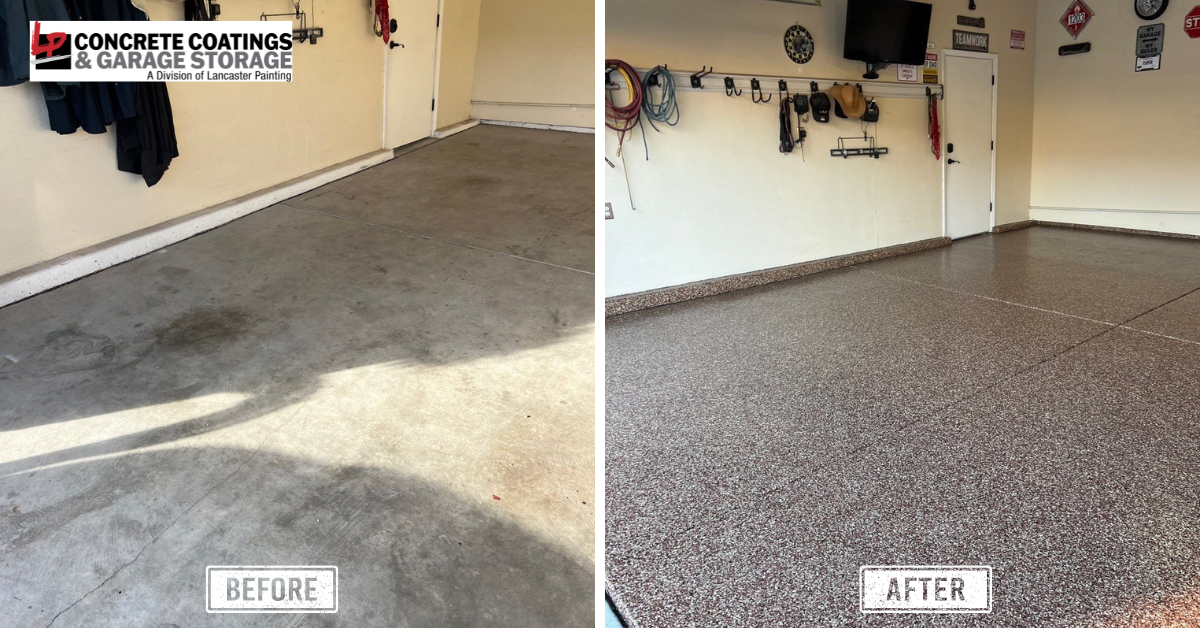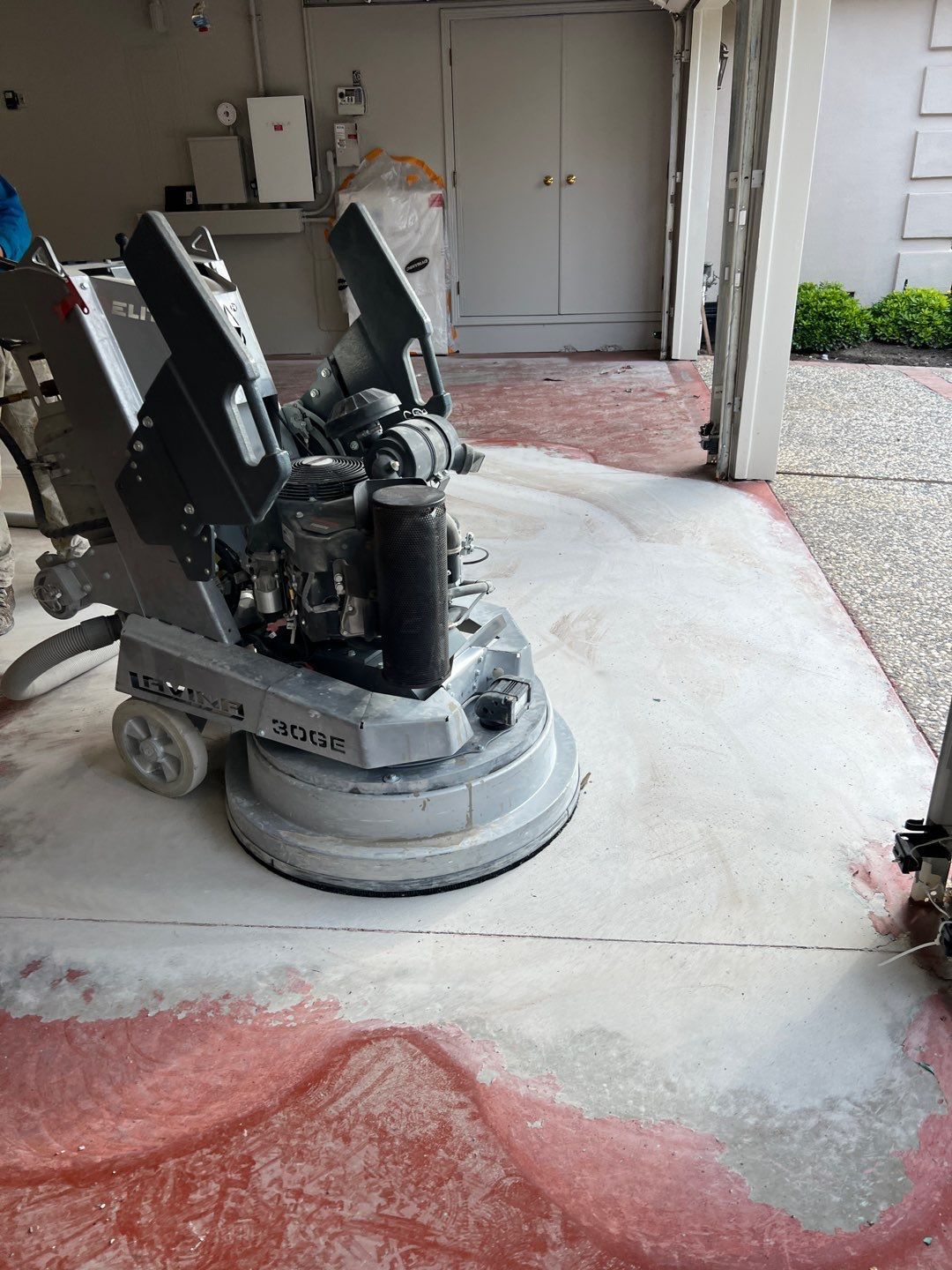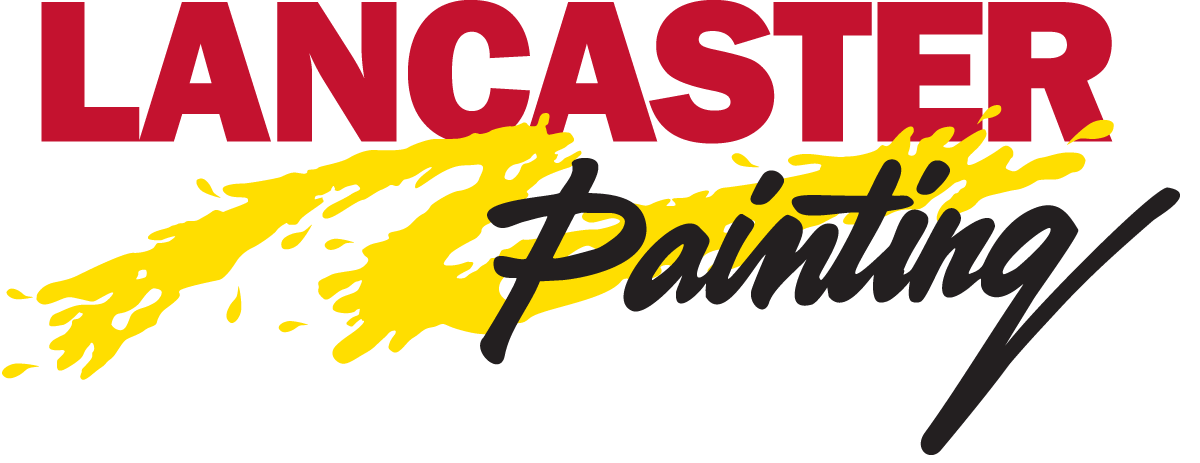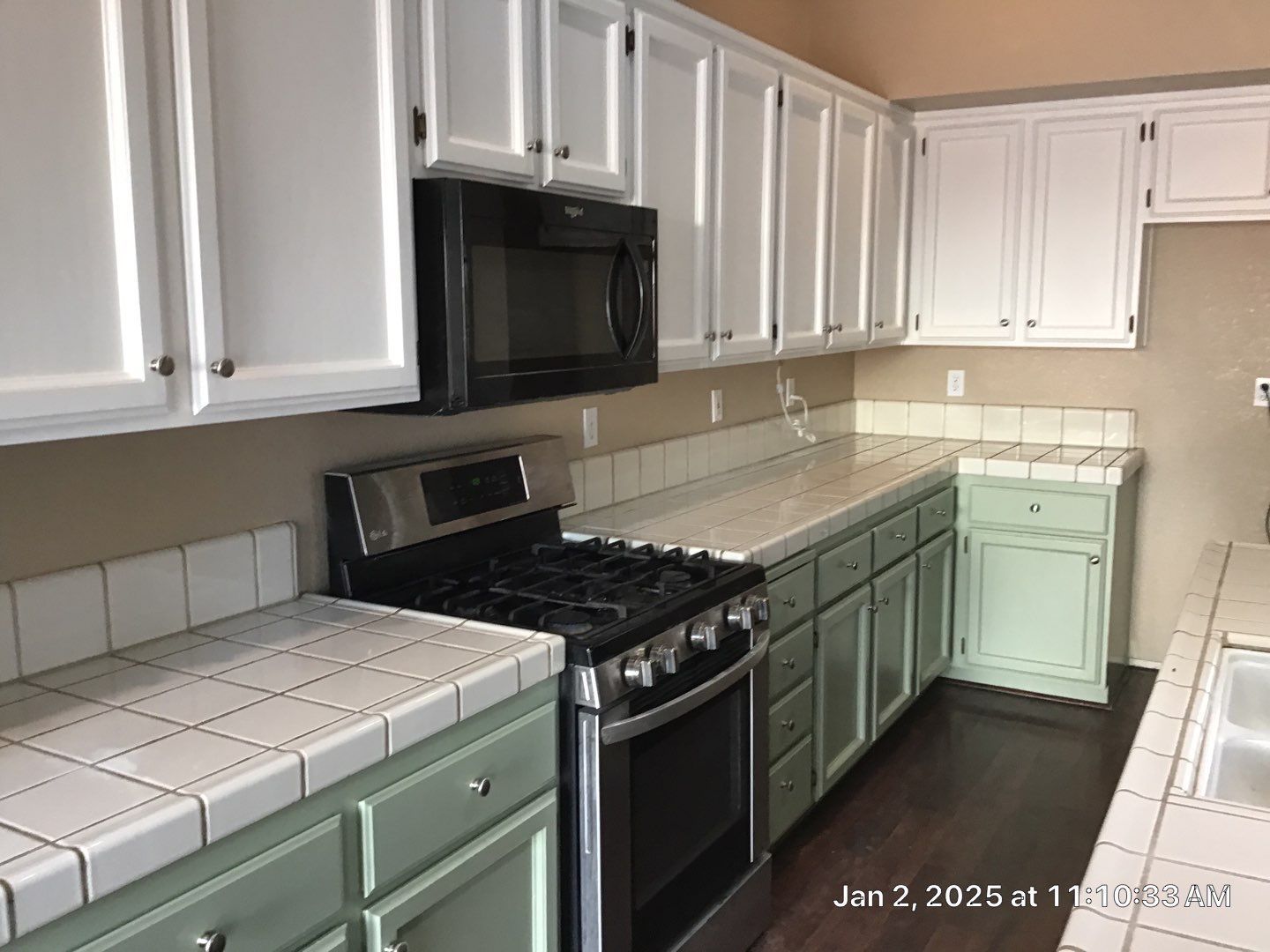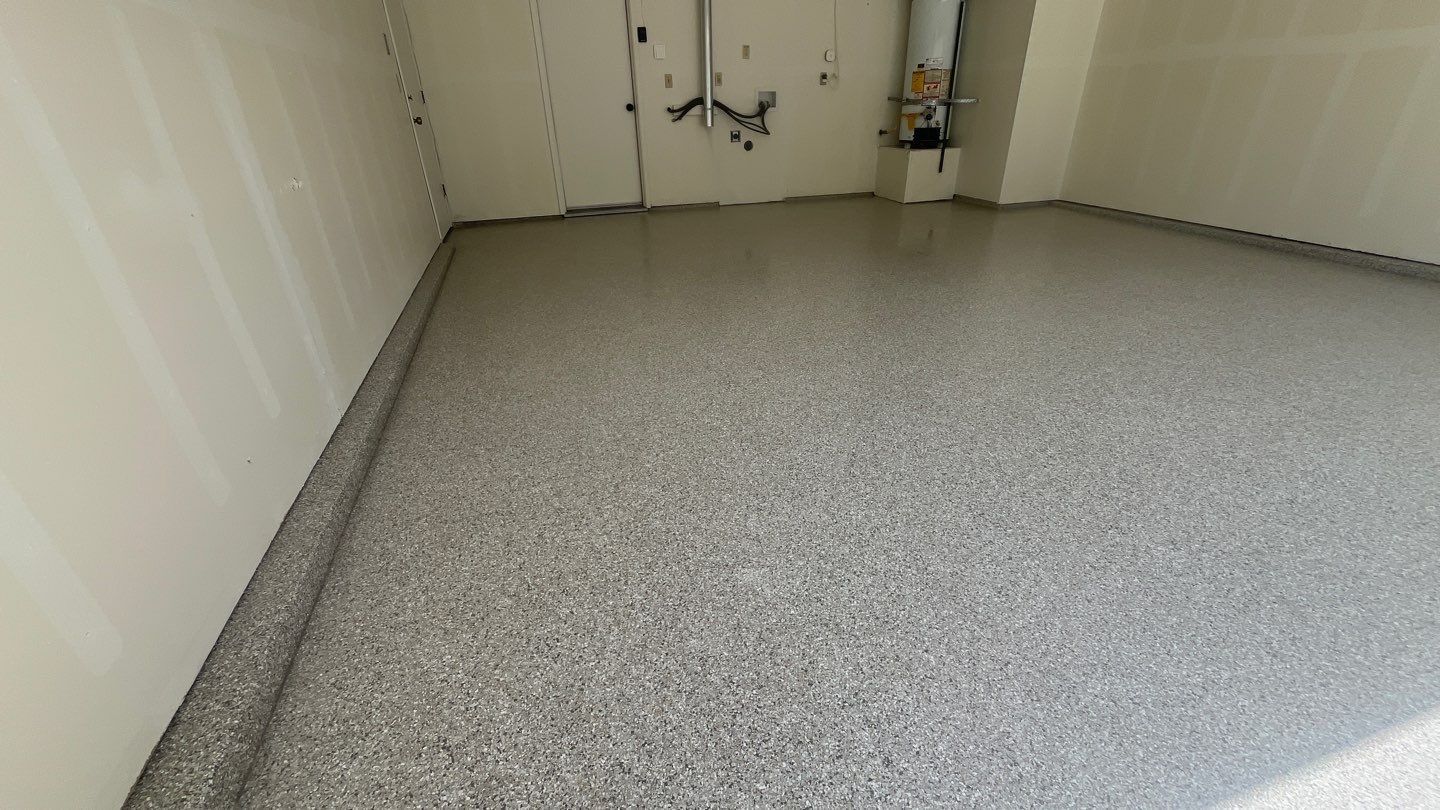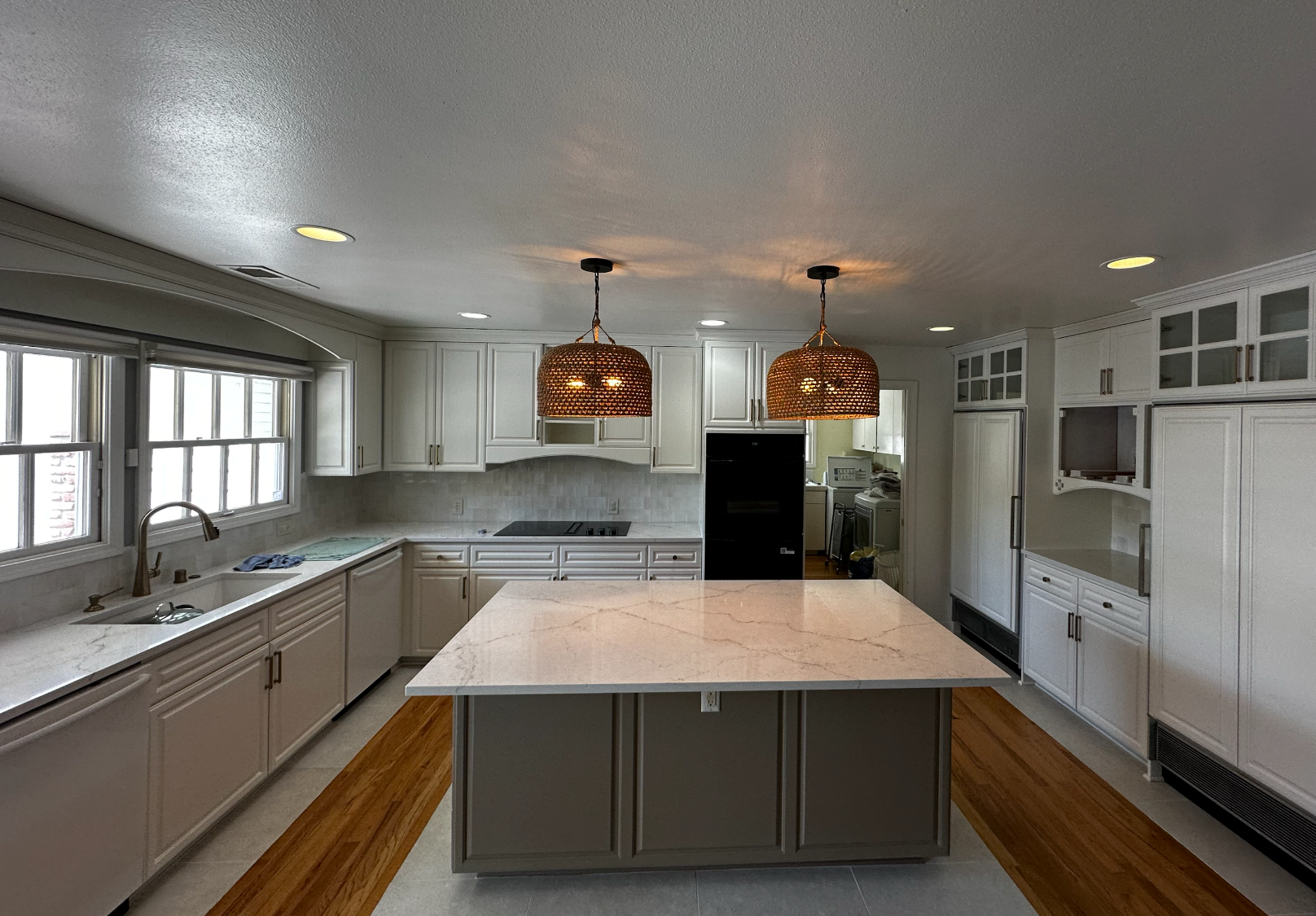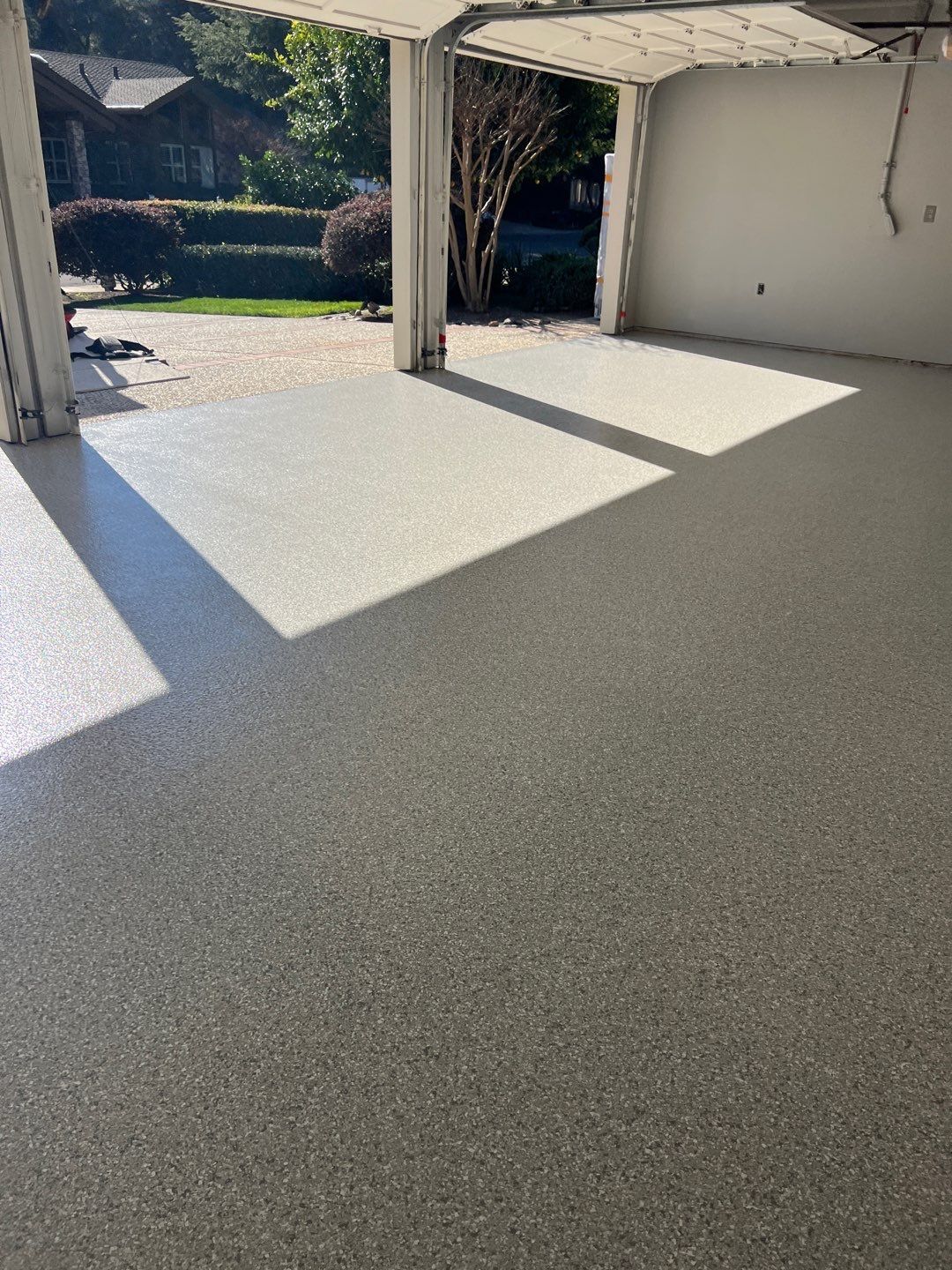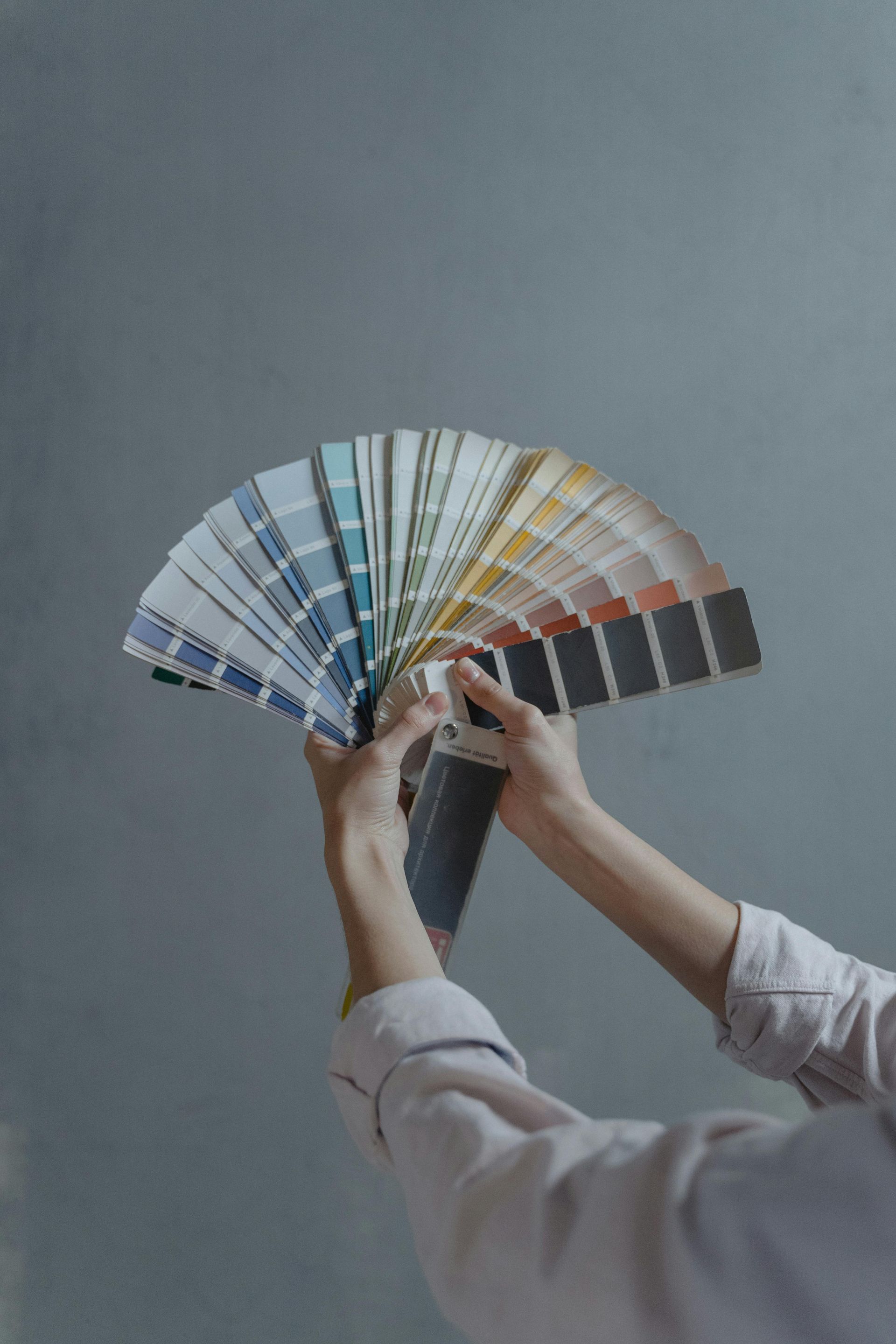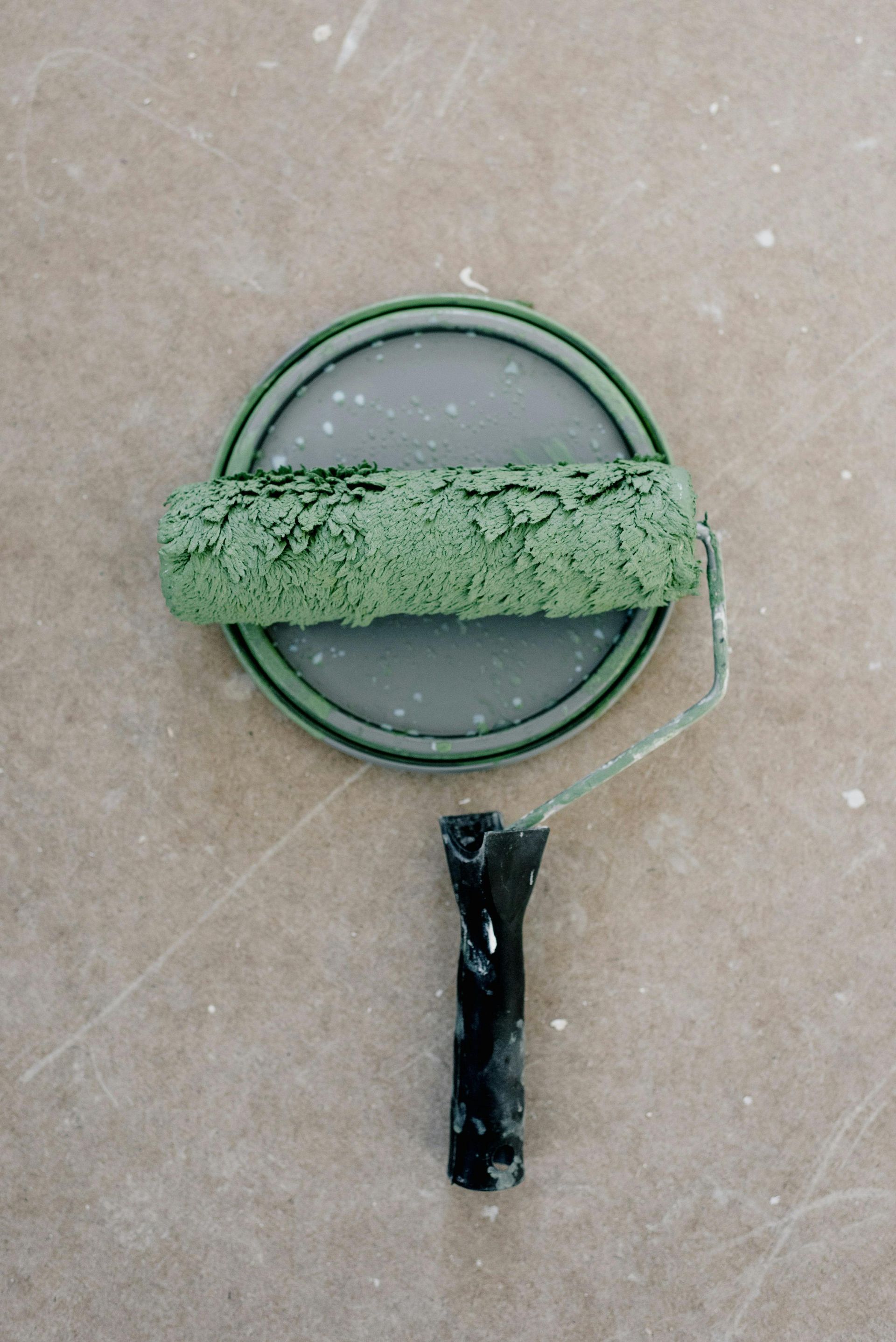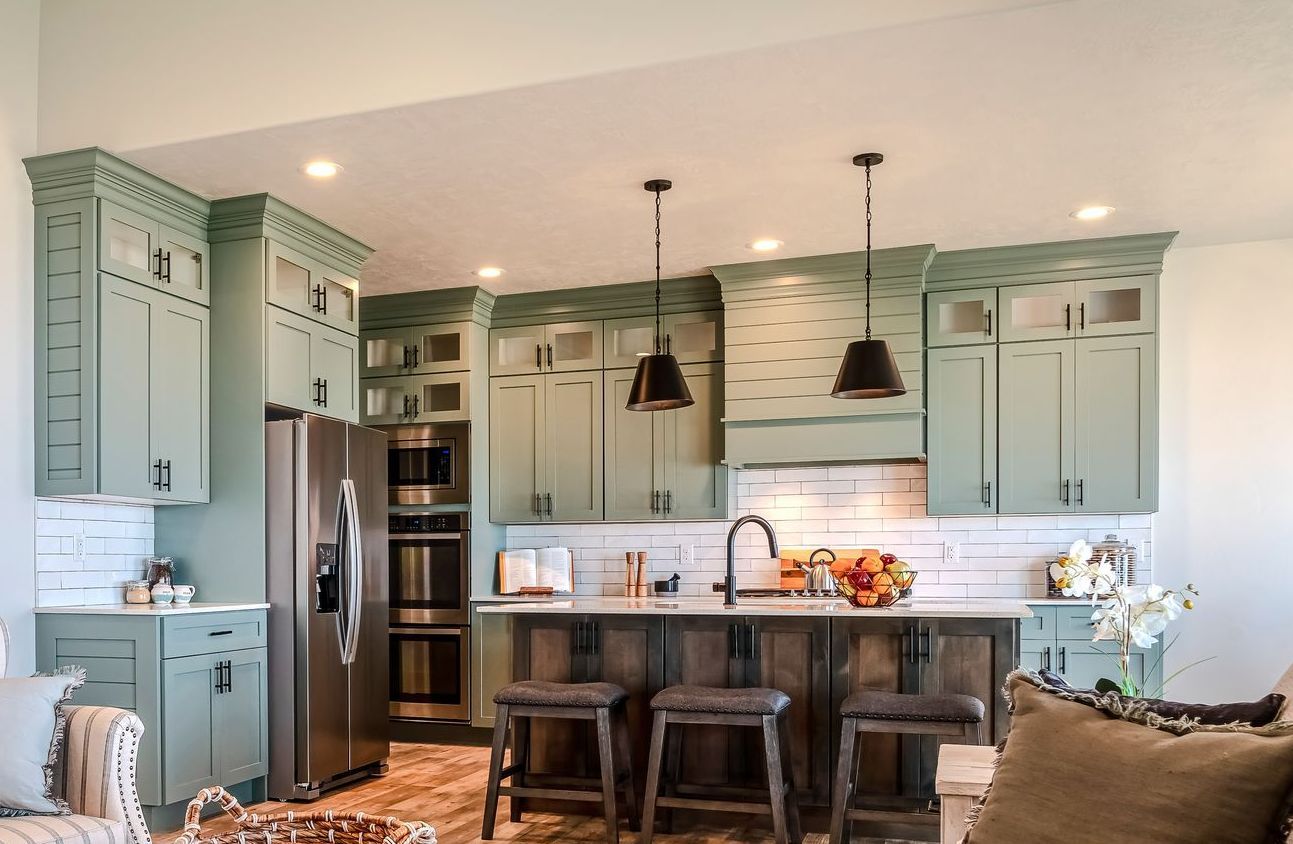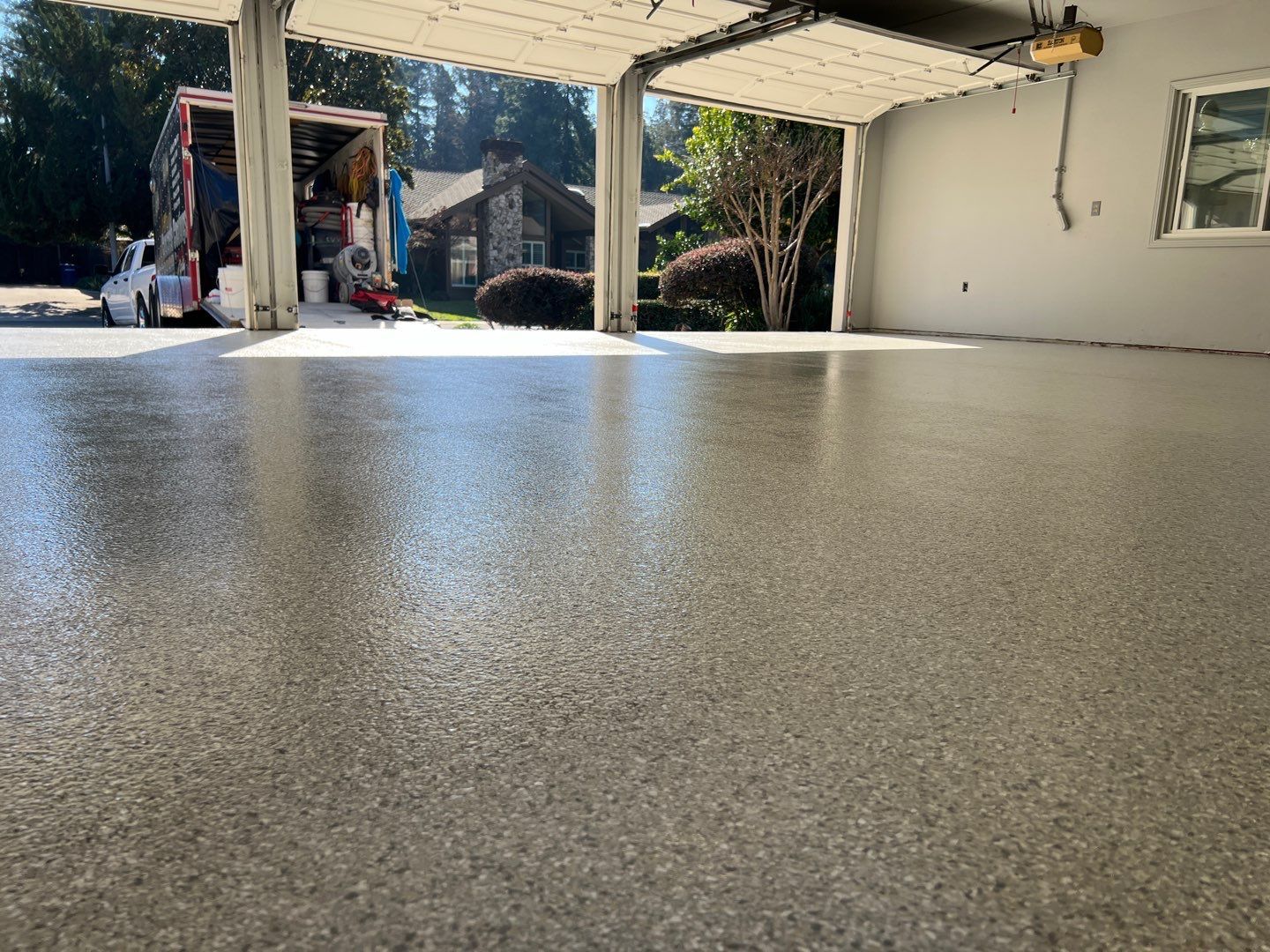- First and foremost: This should be something you plan on doing long term. It is a lot of work to return it to its previous paint free state.
- Painting can update the look of your home as well as cover up unsightly or damaged brick.
- If the area your painting has new brick make sure to let it age for at least one year before painting so that any ore in the brick will leach out and not stain your paint.
- Clean: It is important to remove all dirt; webs, grime, loose or peeling paint, and residue (oils may affect the primers effectiveness and lead to peeling) so use a little detergent to help clean these areas. Pressure washing at or about (1500-2000 psi) is recommended. Using too much pressure may damage brick and/or mortar.
- Repair: Now would be the time to fill in any missing mortar (for drying time see manufacturer’s specifications).
- Dry time: A Very important step: make sure you allow extra drying time after washing: bricks are very porous they may feel or appear dry but they absorb moisture and if you paint them too soon it may result in your paint chipping and/or flaking.
- Primer: Use one made for brick and masonry material if going over Bare Brick (read manufacturer's specs.) If going over brick that has been previously painted a universal primer is generally recommended.
- Caulk & Seal: Any area water can breach (even tiny spaces).
- Paint: Two coats of 100%Acrylic Latex exterior house paint or Elastomeric are generally recommend for best appearance and sealing, and can be sprayed or brushed. Try spraying then back rolling the 1st coat. When dry, spray on the the 2nd coat.
If you have any other questions concerning options for updating your home, please do not hesitate to contact us at Lancaster Painting. Please bookmark our site and join us on our Facebook Page to win weekly prizes.
